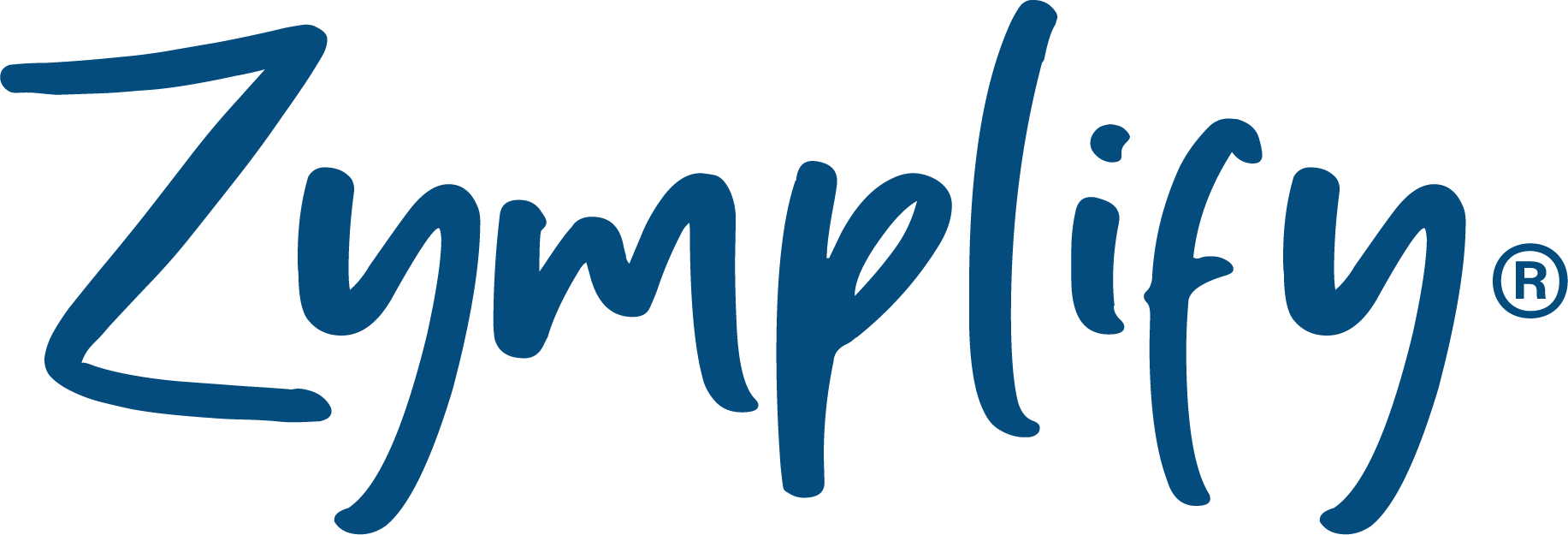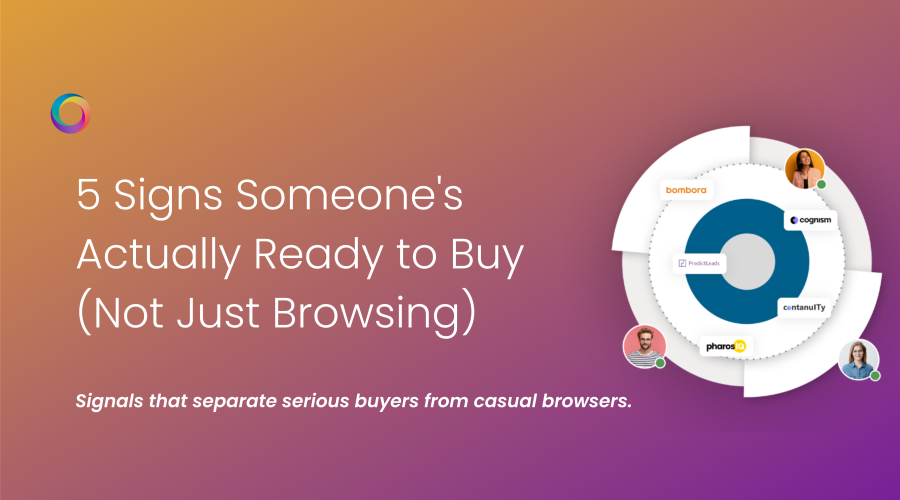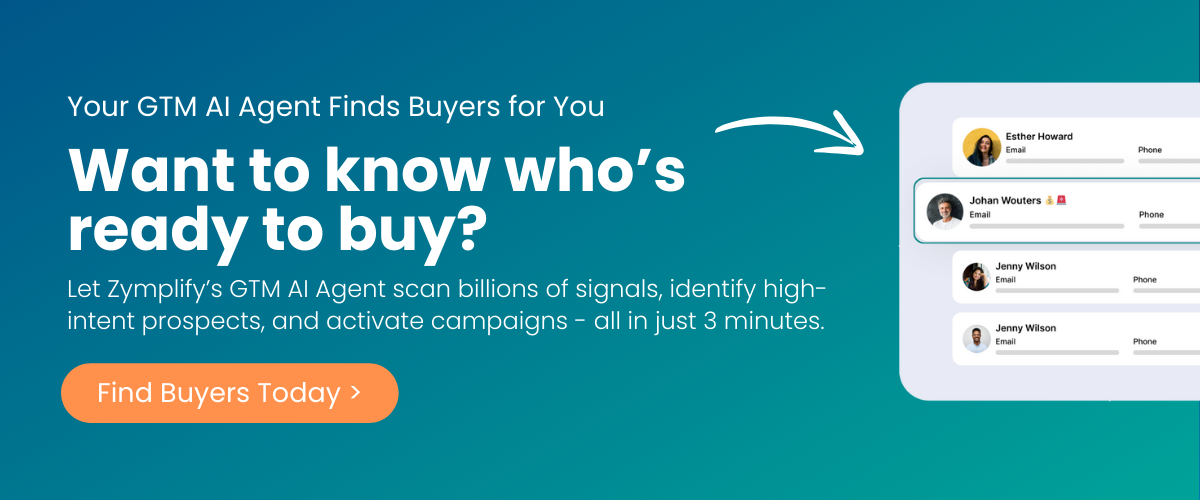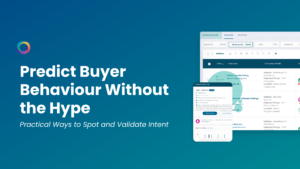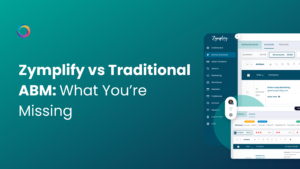You’ve been there. The endless hours spent researching prospects, crafting personalised emails, and following up diligently—only to hear “we’re not looking to make a change right now” or worse, complete silence. For B2B sales and marketing teams, few things are more frustrating than investing precious resources into prospects who simply aren’t in a buying cycle.
What if you could know—with remarkable accuracy—which companies are actively researching solutions like yours right now? What if, instead of casting a wide net and hoping for the best, you could focus your team’s efforts exclusively on prospects who are showing genuine buying intent?
That’s the power of intent data, and it’s transforming how leading B2B companies identify and engage potential customers.
Not all online activity indicates genuine buying intent. Here are the five most reliable signals that separate serious buyers from casual browsers:
1. Multiple Stakeholders Researching Your Solution Category
When several people from the same organization are independently researching solutions like yours, that’s a strong buying signal. This typically indicates an internal conversation about solving a problem is already underway. For example, when both IT directors and finance team members are researching cloud storage solutions, a purchase decision is likely being formulated.
2. Increasing Research Frequency and Depth
A rapid increase in research activity often correlates with an active buying cycle. When a company goes from occasional browsing to daily, in-depth research on a specific solution category, they’re typically moving toward a purchase decision. The intensity and frequency of research directly correlates with buying timeframes.
3. Competitive Comparison Behaviors
When prospects are actively comparing vendors, they’re typically in the decision phase of their journey. Activities like viewing comparison pages, researching your competitors, or reading “versus” content indicate they’re narrowing down options. This behavior is one of the strongest indicators of purchase intent.
4. Engagement with Bottom-Funnel Content
Prospects consuming content related to implementation, pricing, ROI calculations, or technical specifications are typically far along in their buying journey. When someone downloads a buyer’s guide or pricing calculator, they’re usually preparing to make a case internally for a specific purchase.
5. Specific Technical or Implementation Research
Research that focuses on integration capabilities, technical requirements, or implementation best practices indicates a prospect is thinking concretely about using your solution. This type of detailed investigation happens when companies are seriously evaluating feasibility, not just exploring options.
The power lies in identifying these signals across the entire buying committee, not just with individual leads. When multiple signals align across multiple stakeholders, your confidence in a genuine buying opportunity increases dramatically.
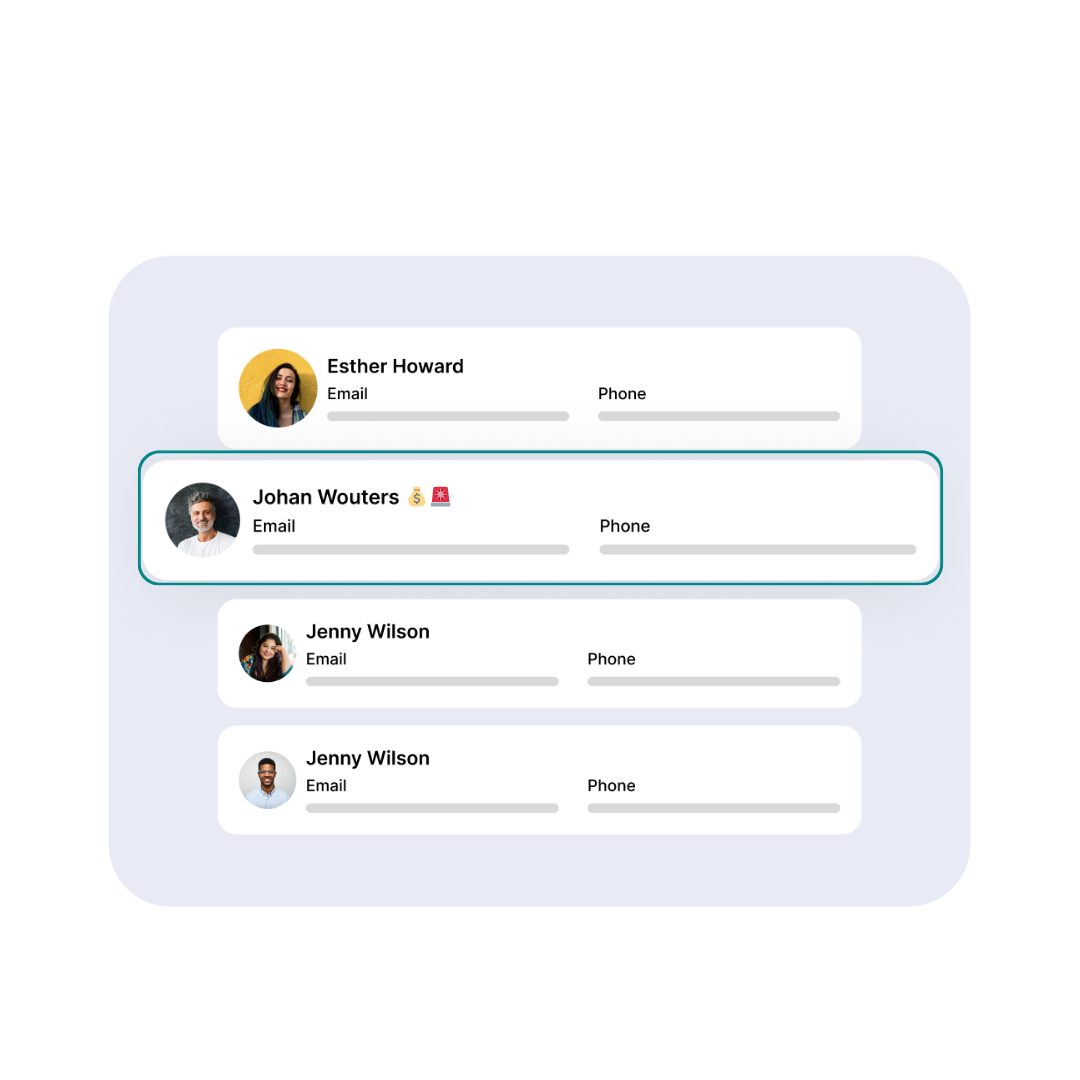
From Signals to Action: Practical Steps
Identifying intent is only valuable if you can act on it effectively. Here’s how to turn intent signals into tangible results:
Prioritise Outreach Based on Signal Strength
Not all intent signals are created equal. Create a tiering system that prioritizes prospects exhibiting multiple strong signals. For example:
- Tier 1 (Immediate outreach): Multiple stakeholders showing competitive comparison behavior
- Tier 2 (Next-day follow-up): Single decision-maker engaging with bottom-funnel content
- Tier 3 (This week): Teams showing increased research frequency but not yet comparing vendors
This approach ensures your best resources focus on the most promising opportunities first.

Craft Messages That Acknowledge Their Journey Stage
Generic outreach fails because it ignores where the prospect actually is in their journey. Instead, acknowledge what you know:
Instead of this: “I’d like to tell you about our solution…”
Try this: “I noticed your team has been researching cloud security solutions recently. Many organisations at this stage are specifically concerned about compliance requirements across different jurisdictions. Would you find it valuable if I shared how other companies in your industry have addressed this challenge?”
This approach demonstrates value immediately by showing you understand their specific concerns.
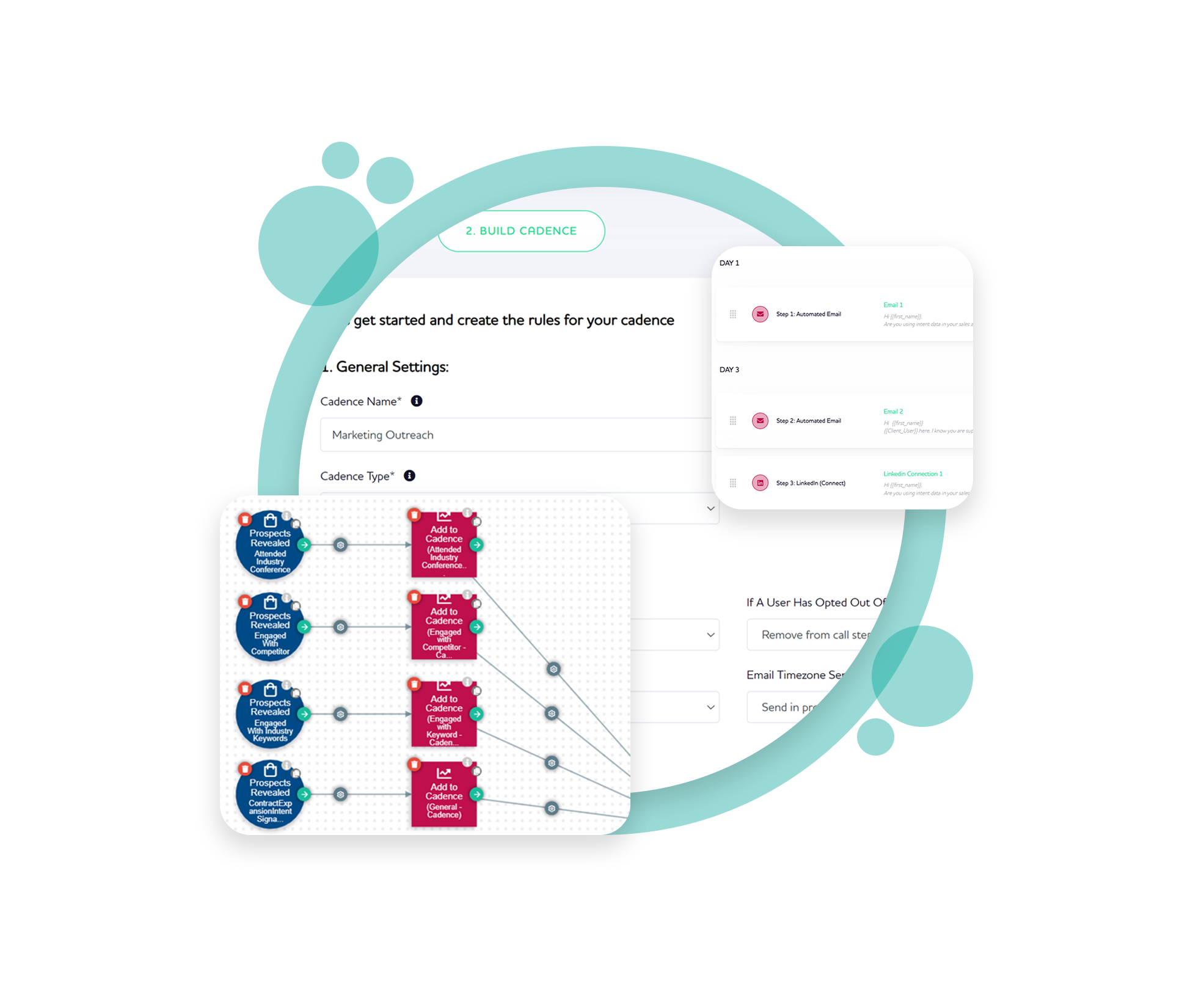
Time Your Outreach for Maximum Impact
Intent data doesn’t just tell you who to contact—it tells you when. Research shows that responding within 24 hours of strong intent signals increases engagement rates by over 60%. Create workflows that alert your team to intent spikes in real-time so they can reach out while the research is still active.
Involve the Right Team Members at the Right Time
Different intent signals call for different expertise. When a prospect is researching technical specifications, involve your solution engineers. When they’re looking at ROI calculators, bring in your value engineering team. This approach ensures prospects interact with the most relevant expertise based on their current focus.
The Intent-Powered Advantage: Real Results
Companies that effectively leverage intent data consistently outperform their peers across key metrics:
- Shorter sales cycles: Organizations using intent data report 28% shorter time-to-close
- Higher conversion rates: Intent-qualified leads convert at 2-4x the rate of traditional leads
- Better resource allocation: Sales teams spend 40% more time with qualified opportunities
- Improved forecast accuracy: Pipeline predictions become 35% more reliable
Consider Meridian Software, who implemented an intent-based approach last year. Within six months, they:
- Reduced their sales cycle from 94 days to 68 days
- Increased their SQL-to-opportunity conversion rate by 41%
- Improved their win rate by 23%
- Achieved 118% of their revenue target while decreasing overall marketing spend
The most notable transformation, however, was in the relationship between their sales and marketing teams. With both teams focused on accounts showing actual buying intent, the age-old “these leads are junk” conversation disappeared. Both teams were finally aligned around prospects who were genuinely in-market.
Getting Started with Intent Data: Your First Steps
Implementing intent data doesn’t need to be complicated. Here’s a simple approach to get started:
- Identify your Ideal Customer Profile (ICP) with specific firmographic and technographic criteria
- Define your key intent topics—the specific subjects, keywords, and technologies that indicate interest in your solution
- Start small by focusing on a specific segment or territory to prove the concept
- Create simple workflows that route intent signals to the right team members
- Measure before-and-after results to quantify the impact
As you implement, avoid these common pitfalls:
- Don’t treat all intent signals equally—context and intensity matter
- Don’t ignore your existing engagement data—combine it with intent for a complete picture
- Don’t overwhelm your team with too many signals—start with the strongest indicators
- Don’t neglect personalization—intent data tells you what they care about, so address those concerns specifically
Stop Guessing, Start Growing
Intent data eliminates the guesswork from B2B prospecting. Instead of wondering which companies might be interested in your solution someday, you can focus exclusively on those actively researching solutions like yours right now.
The result? More efficient teams, shorter sales cycles, higher conversion rates, and ultimately, accelerated growth.
In today’s competitive B2B landscape, companies simply can’t afford to waste time on prospects who aren’t ready to buy. Intent data ensures you never have to guess again.
Ready to stop guessing and start focusing on prospects who are actively looking for solutions like yours? Zymplify’s GTM AI Agent identifies buyers in your market who are already researching solutions like yours — and launches tailored sales and marketing campaigns to engage them. All without you lifting a finger.
